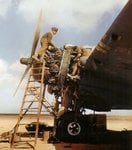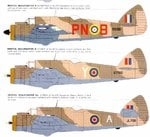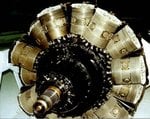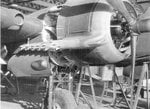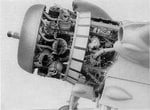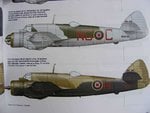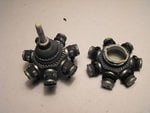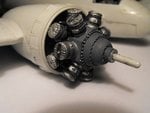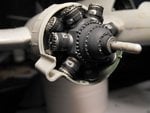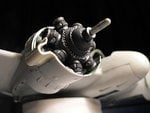Hopefully, I might have made some progress by tonight. If not, you'll hear some very loud cursing drifting across the Atlantic......
Sounds like fun, not. Trying to catch up on every thing as over time is done for a while for me so if you need something let me know. I may be able find somthing though I dont know much about this aircraft.



